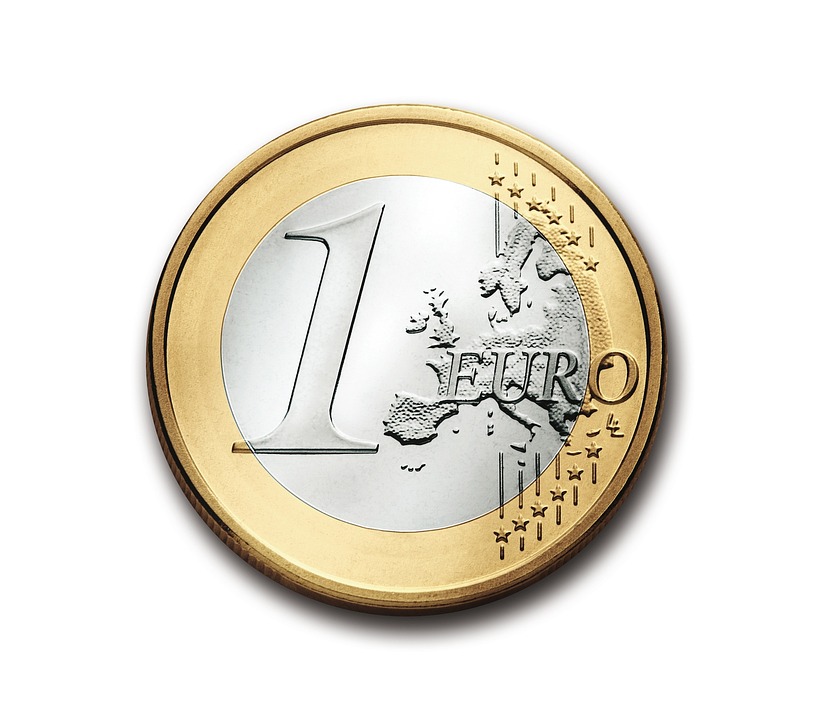Since of repercussions from Silicon Valley Bank (SVB) in the United States and high inflation in the Eurozone. The European Central Bank (ECB) remains on pace to raise interest rates by 50 basis points (bps) this Thursday.
The ECB’s interest rate decision will be announced at 13:15 GMT. Followed by President Christine Lagarde’s news conference at 13:45 GMT.
Everyone’s attention will be focused on the bank’s staff predictions and policy recommendations.
The ECB’s monetary policy pronouncements come at a time when markets are focused on the banking sector crisis in the United States. Albeit a feeling of calm appears to be setting in the market as investors return their attention to the approaching central banks’ rate rise choices.
Silicon Valley Bank’s abrupt liquidation on Friday, followed by Signature Bank a few days later. Compelled US regulators to make an urgent guarantee. Other lenders and depositors will be helped. The banking stress shook investors’ faith and sparked fears about the global tightening trend.
Because of the American financial crisis. European money markets immediately priced in a 25 basis point rate hike on Thursday rather than the 50 basis point increase. Traders cut their bets on the ECB’s top rate to 3.57%. For the first time since February 17. The top ECB rate was quoted below 3.75%.
Eurozone authorities, on the other hand, allayed worries of a spillover from the SVB crisis on the old continent. Eurogroup’s President Paschal Donohoe remarked on Monday. “Euro-area has extremely low exposure to SVB.” However, Yannis Stournaras, a policymaker at the European Central Bank (ECB). Stated on Tuesday, “I don’t see any influence from the referendum.” The impact of Silicon Valley Bank’s (SVB) failure on Eurozone banks.”
Furthermore, MNI stated, citing Euro system sources. That the ECB intends to proceed with the 50-basis point rate rise at its forthcoming meeting, despite lowering market rate expectations due to SVB instability.
Inflation in the Eurozone remains persistently high.
Apart from the banking crisis, inflation in the Eurozone remains persistently high. With Core inflation reaching a new high in February. According to Eurostat’s most recent statistics. The annualized Eurozone Harmonized Index of Consumer Prices (HICP) fell marginally to 8.5% in February from 8.6% in January. The market anticipated that inflation would fall to 8.2% in the reporting period.
The core HICP increased 5.6% year on year in February, compared to the 5.3% forecast and the prior print of 5.3%. Inflationary pressures in the Eurozone have forced ECB President Mario Draghi to reiterate the phrase “keeping the course” when discussing impending rate decisions. As a result, the central bank’s rate rise target of 50 basis points remains on track for this week. But, depending on the bank’s inflation outlook and the US financial crisis, Lagarde’s judgement on the amount of future rate rises would be keenly evaluated.
Investors will also be involved. Examine the staff predictions carefully, as the ECB said that its future rate rise expectation is data-dependent. With financial stability risks emerging as a result of policy tightening internationally over the last year, the ECB may hint at reducing its tightening tempo.
EURUSD is expected to rise further in response to ECB policy .
Euro traders are preparing for another high-volatility event, with EURUSD having reclaimed the 1.0700 barrier ahead of Thursday’s ECB policy statements. If the central bank sticks to its plan of a 50-basis point boost while remaining dedicated to containing inflation with another 50-basis point hike in May, the EURUSD pair might gain pace. For EURUSD traders, a rise over 1.0800 cannot be ruled out. A unexpected 25 bps lift-off paired with dovish policy advice, on the other hand, may be the perfect formula for a bearish reversal in the EURUSD pair.
The major currency pair may revert to the 1.0640 demand zone. An improving European economic outlook, along with lowering inflation forecasts in staff predictions, might be seen as dovish









